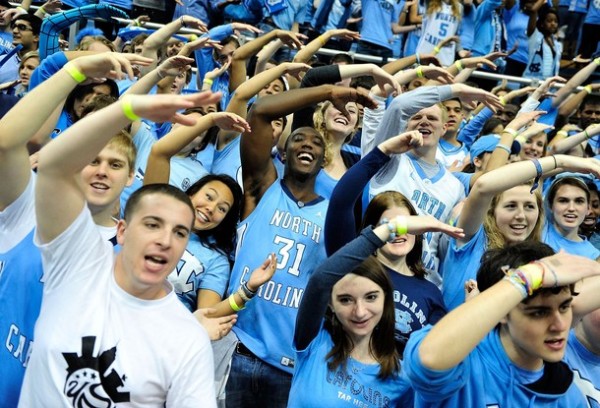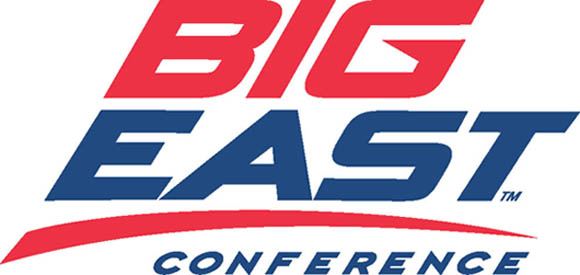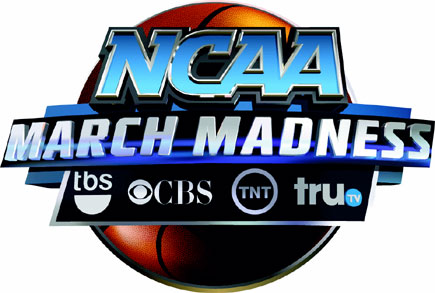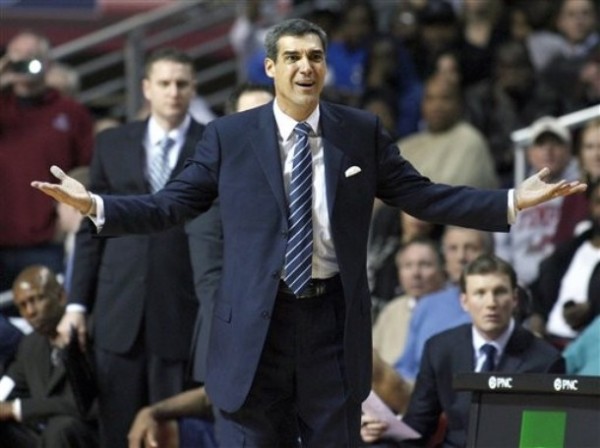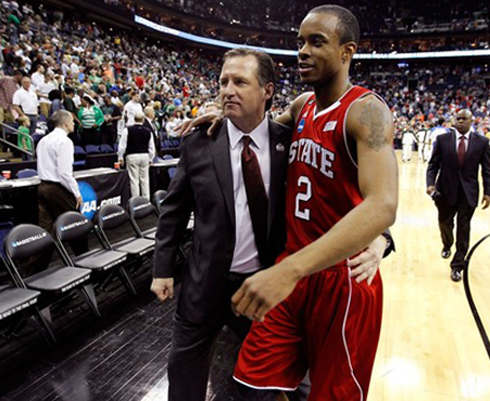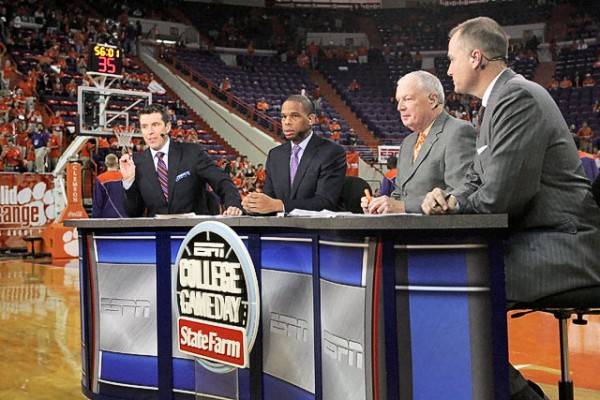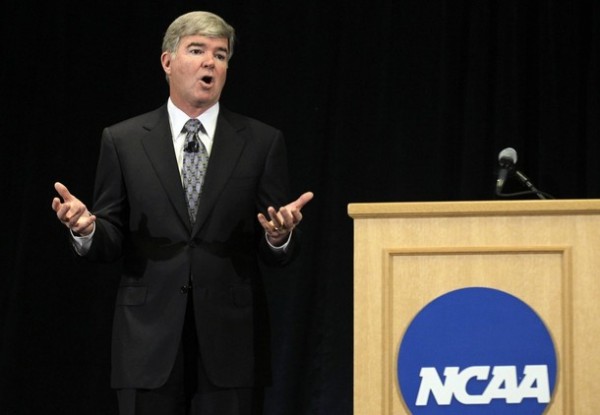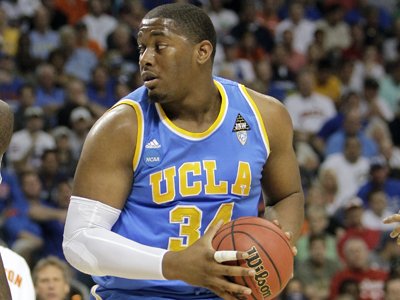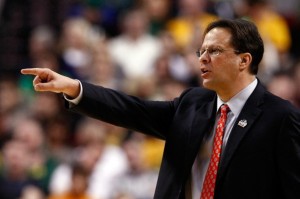Could the 16-Team Nike Event Signal a Shift in Scheduling Patterns?
Posted by Chris Johnson on August 17th, 2012Christopher Johnson is an RTC Columnist. He can be reached @ChrisDJohnsonn.
While Michigan State has found on-court success under the steady hand of coach Tom Izzo, his athletic director Mark Hollis has embraced progressive scheduling tactics that have granted the Spartans access to some of the nation’s most unique events. Last year, Hollis set the standard for inventive hosting sites by spearheading the plans for Michigan State’s game against North Carolina aboard the active warship USS Carl Vinson. The sensational vistas and patriotic atmosphere made the Carrier Classic an unmitigated success. Three similar events next season – on the same day, no less – have been scheduled since, with each taking place on a different U.S. Naval ship; a three-fold amplification of college hoops nationalism, all thanks to Hollis’ trailblazing work. He one-upped himself earlier this year by reaching an agreement for MSU to play Connecticut in a 2012-13 season-opening event at Ramstein Air Base in Germany, an active U.S. forces garrison and NATO site. Hollis’ next endeavor was a historical tribute to the 1963 Mississippi State-Loyola (Chicago) NCAA Tournament game that took place against the wishes of Mississippi’s segregationist governor, which he accomplished by initially offering a neutral site on the MSU campus, then helping to arrange a two-year home-and-home series between the two schools.
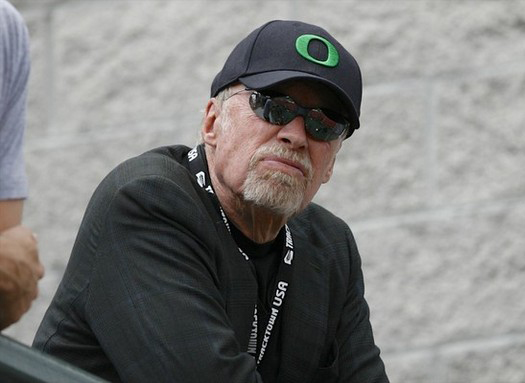
The 16-team event will honor the 80th birthday of Nike co-founder Phil Knight (Photo credit: Steve Dipaola/Reuters).
The creative AD has now set his sights on another commemorative event, this one far more inclusive than any of his recent scheduling novelties. According to ESPN’s Andy Katz, Hollis has received confirmation from 16 schools on a dual-pronged mega-tournament honoring the 80th birthday of Nike chairman Phil Knight. The event is tentatively scheduled for a four-day period in November 2017, with two separate fixtures (The Rose Garden and Veterans Memorial Coliseum) featuring an eight-team fields. Hollis selected 16 Nike-sponsored schools he feels represents “all of college basketball’s power conferences.” With multiple participants from each league, the two-tournament format prevents a violation of NCAA protocol prohibiting conference opponents from playing in the same event. The 16 teams are participating on behalf of their own programs in an effort to pay homage to Knight and his illustrious résumé. Neither Nike nor Knight will be involved in staging the festivities.





























